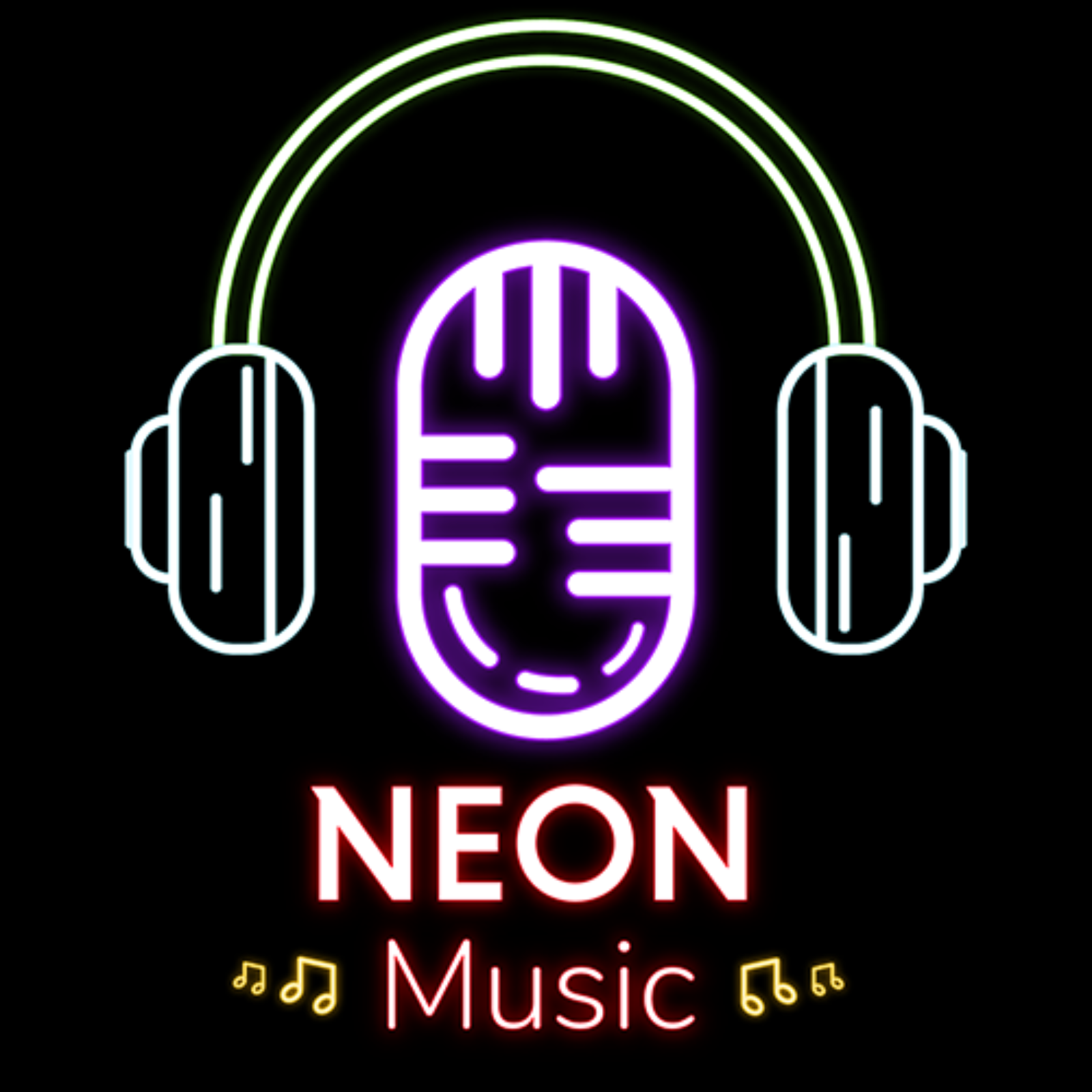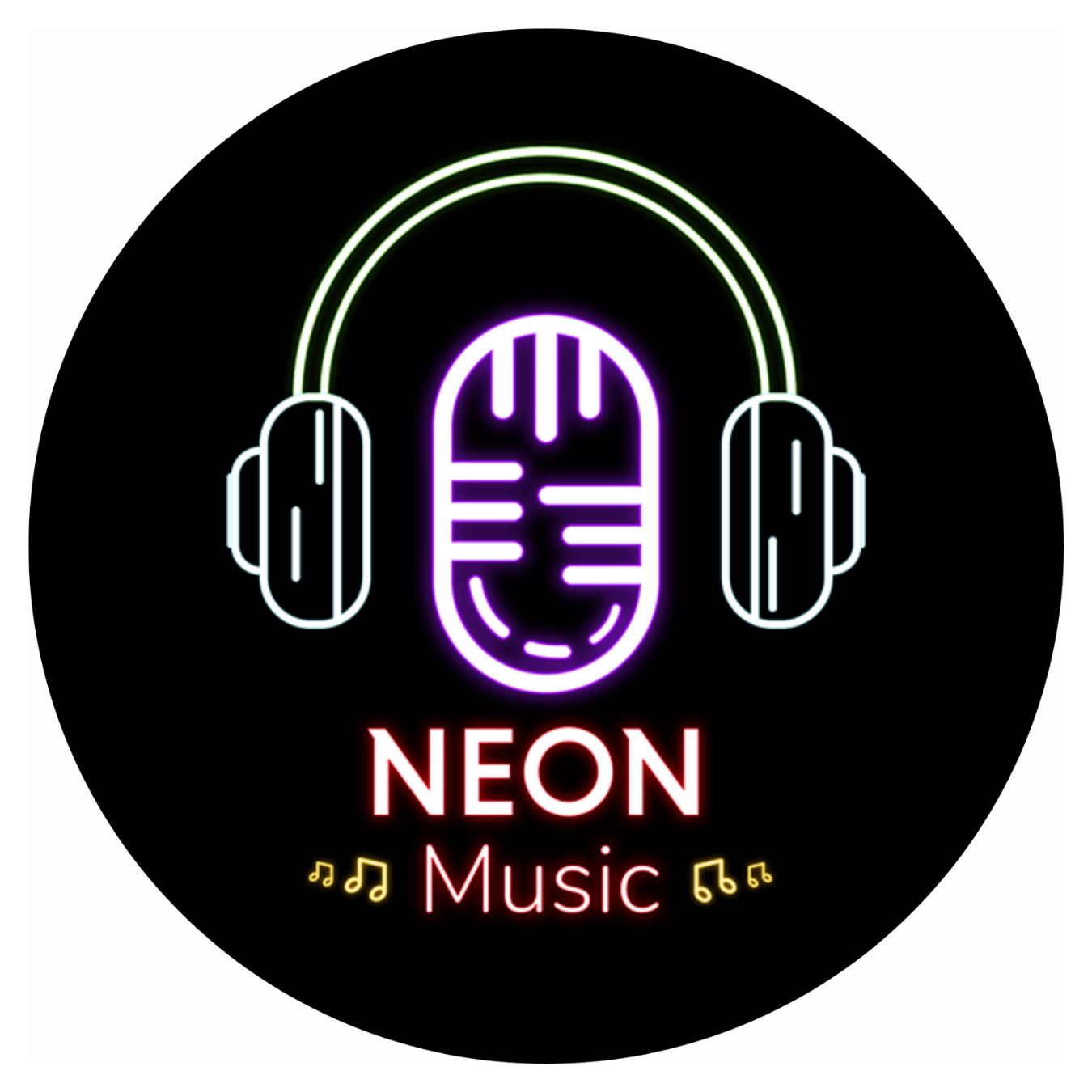Exploring lo‑fi, binaural beats and playlists for neurodiverse listeners

Lo‑fi and binaural beat music refer to intentional soundscapes where muffled hip‑hop beats or lightly detuned tones provide a steady rhythm without sudden changes or lyrics; the consistency can help people with attention‑deficit/hyperactivity disorder (ADHD) regulate arousal and maintain focus.
This isn’t pseudoscience: research shows that background music tailored to stimulate attentional networks can boost performance and even synchronise with brain activity.
As playlists for focus swell on Spotify and YouTube, a quiet revolution is happening in bedrooms and studios across the world, and it reveals as much about our brains as it does about our culture.
A few years ago, a French producer known only as Dimitri looped an anime girl at her desk and streamed downtempo hip‑hop beats round the clock.
Lofi Girl, as she became known, now commands over 13 million subscribers, and tens of thousands of people tune in at any given moment.
For Kevin, a PhD student with ADHD, the channel was more than background music, it created “a zen‑like state” that calmed his anxiety and sustained his attention.
Emily, a marketing specialist, relies on the channel for homework, long workdays, and even sleep2.
Such devotion speaks to a growing community who find solace in the predictable warmth of lo‑fi beats.
The science: Dopamine, brainwaves and rhythm
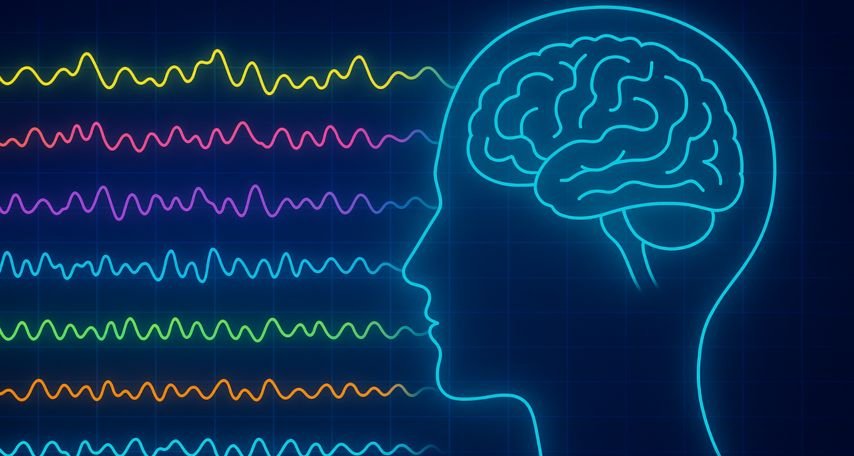
For people with ADHD, everyday tasks are often undermined by low dopamine levels that make it hard to sustain interest.
Music offers a natural dopamine boost: anticipating a favourite passage in a song releases the neurotransmitter and enhances focus and problem‑solving.
Lo‑fi in particular uses mellow melodies and ambient tape hiss to provide a nonintrusive backdrop, lowering anxiety and enabling memory encoding and time awareness.
Soft beats and slow tempos shift brainwaves from a stimulated beta state to a calmer alpha state, promoting relaxation.
The benefits aren’t limited to neurodivergent listeners, anyone can experience improved concentration and emotional stability when these tracks block out distractions and encourage a hyperfocus state.
Neuroscientist Psyche Loui of Northeastern University recently worked with the functional‑music startup Brain.fm to test “rapid modulation” in music, a technique that adjusts amplitude at specific rates to make the loud parts louder and the quiet parts quieter.
In EEG and MRI studies, Brain.fm’s driving electronic pieces with heavy bass and climbing synths triggered greater activity in attentional networks.
Listeners with attentional difficulties responded even more when the modulations were intensified.
Loui notes that the brain naturally oscillates at certain frequencies, and music that injects similar frequencies can encourage the brain to “phase lock,” working in time with the stimulus.
She advises finding instrumental music that energises without distracting and warns against lyrics, which can hijack cognitive resources.
Another technology gaining attention is binaural beats. When two slightly different tones are presented separately to each ear, the brain perceives a third tone – the difference between the two frequencies.
Advocates claim binaural beats can entrain brainwaves toward desired states (alpha for relaxation, beta for alertness), and some studies suggest they may improve memory and attention; however, a 2023 review of 14 studies found the evidence mixed – five supported the entrainment hypothesis, eight contradicted it, and one was unclear.
Commenters on blogs echo this divide: one neurodivergent writer swears that binaural beats help them enter a flow state while writing; another finds that the classic Lo‑Fi Hip Hop Girl stream acts as a conditioned signal to focus.
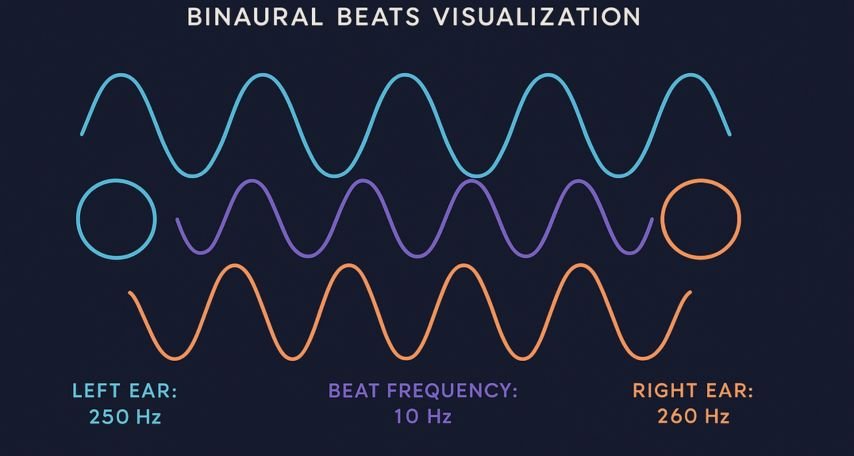
For creative work, the consensus is to use binaural beats as part of a balanced toolbox rather than a miracle cure.
The pioneering track that started it all
Long before streaming playlists, the British Academy of Sound Therapy and the ambient band Marconi Union collaborated with sound therapist Lyz Cooper in 2011 to compose “Weightless.”
Commissioned for a Radox Spa campaign, it was designed deliberately with specific rhythms, frequencies and intervals to induce relaxation.
A study by Mindlab International had participants solve stressful puzzles while listening to different tracks; “Weightless” reduced anxiety by 65 % and lowered heart rate and blood pressure by 35 %, outperforming other songs.
In 2011, Time Magazine even listed it at 11th in its Top 50 inventions.
Though not marketed as ADHD music, its ambient pulses and absence of drums prefigured later lo‑fi trends and remain a benchmark for functional relaxation music.
“Weightless” originally appeared as a single track but later formed part of “Ambient Transmissions Vol. 2”, released in 2012.
Credits go to Marconi Union members Richard Talbot, Jamie Crossley and Duncan Meadow, with sound design input from Lyz Cooper.
The piece runs for 8 minutes 8 seconds, long enough to induce a meditative state, and features sustained pads, slow chords and recurring synth motifs.
The track’s success triggered a wave of interest in scientific sound design, leading to collaborations between therapists and artists.

Why lo‑fi beats resonate
Stay in the loop with music that matters
Where “Weightless” aims for utter calm, lo‑fi hip‑hop meets listeners at the threshold of focus and comfort.
According to therapist Tim Aiello from Myndset Therapeutics, lo‑fi’s relaxed hip‑hop beats layered with ambient sounds like rainfall or typewriter clicks offer predictable rhythms with low variability, hitting a “sensory sweet spot” for ADHD brains.
The limited lyric content and absence of sudden tempo changes minimize cognitive load and reduce the need for frequent context shifts.
Aiello draws on Polyvagal Theory, explaining that repetitive, calming beats signal safety to the nervous system, helping shift listeners from fight‑or‑flight responses to grounded regulation.
In this sense, lo‑fi is not just background—it’s a form of sonic self‑soothing.
The BPM (beats per minute) of lo‑fi typically sits between 50 and 80 BPM, close to the resting heart rate.
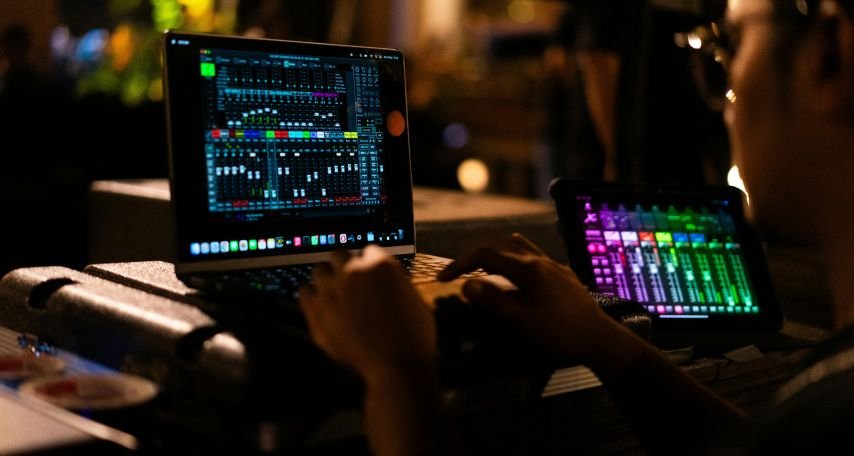
Gridfiti notes that this tempo range matches the brain’s natural rhythm, reducing distractions and promoting focus.
For tasks requiring light productivity or gentle motivation, a higher range of 90–120 BPM may help with task switching, while 120–150 BPM suits physical movement or breaking through task paralysis.
Because ADHD brains can oscillate between under‑ and over‑stimulation, customising playlists by tempo allows listeners to titrate their energy levels throughout the day.
Beyond lo‑fi: playlists and platforms
Streaming services have embraced the niche. Spotify and Apple Music host curated lists like “Lo‑fi Beats,” “Deep Focus” and “Beats to Study To,” while YouTube channels Lofi Girl, and College Music Live offer 24/7 streams.
Amazon Music features a Lofi HipHop station, and apps such as Brain.fm generate adaptive tracks based on the latest neuroscience.
The phenomenon even spawned the Lofi Boy/Synth Boy spin‑off stream, where an animated boy plays video games in a neon‑lit room, illustrating how communities attach narratives and identity to these sonic spaces.
Classical music, particularly Baroque composers like Mozart, Vivaldi and Bach, remains another productive option.
The complex yet structured compositions engage the brain and have long been associated with improved cognitive performance.
Meanwhile, some individuals prefer white or pink noise, sounds reminiscent of waterfalls or rustling leaves that provide a constant wash of frequencies.
Studies have shown that these noises improve memory and attention for children with ADHD.
To build a personal toolkit, therapists recommend rotating between lo‑fi, classical, ambient and nature sounds, paying attention to how each influences mood and productivity.
As one commentator noted on a writing blog, the Lo‑Fi Hip Hop Girl stream has become a ritual cue: once the animation appears, it’s time to write.
A note of caution and final reflection
While lo‑fi, functional music and binaural beats show promise, the evidence is still unfolding.
The systematic review cited earlier notes that results on binaural beats’ efficacy are mixed, and even Brain.fm’s results come from proprietary studies needing independent replication.
Music remains intensely personal; what calms one person may distract another. Focus music should complement therapy, medication and lifestyle adjustments, not replace them.
Ultimately, the rise of purpose‑built focus music underscores a cultural shift: we are curating our auditory environments to reclaim attention in an age of distraction.
The familiar imagery of an anime student scribbling or a blue‑haired boy gaming is more than an aesthetic; it’s an invitation to pause and breathe.
As streaming platforms blur the line between art and utility, we might ask: are our sonic rituals shaping our minds, or are our minds shaping the music? That open question keeps the dialogue, and the creativity alive.
